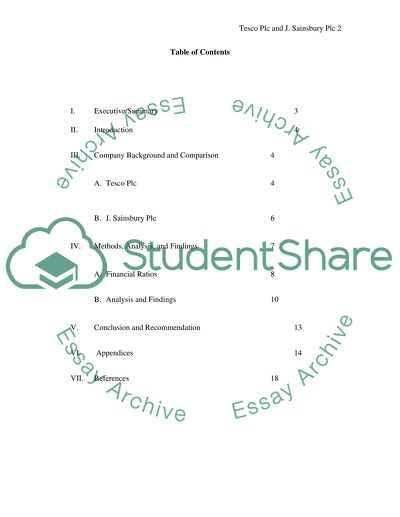Cite this document
(“Financial Analysis of Tesco Supermarket Research Paper”, n.d.)
Financial Analysis of Tesco Supermarket Research Paper. Retrieved from https://studentshare.org/miscellaneous/1533503-financial-analysis-of-tesco-supermarket
Financial Analysis of Tesco Supermarket Research Paper. Retrieved from https://studentshare.org/miscellaneous/1533503-financial-analysis-of-tesco-supermarket
(Financial Analysis of Tesco Supermarket Research Paper)
Financial Analysis of Tesco Supermarket Research Paper. https://studentshare.org/miscellaneous/1533503-financial-analysis-of-tesco-supermarket.
Financial Analysis of Tesco Supermarket Research Paper. https://studentshare.org/miscellaneous/1533503-financial-analysis-of-tesco-supermarket.
“Financial Analysis of Tesco Supermarket Research Paper”, n.d. https://studentshare.org/miscellaneous/1533503-financial-analysis-of-tesco-supermarket.


